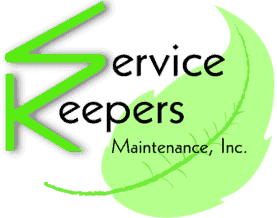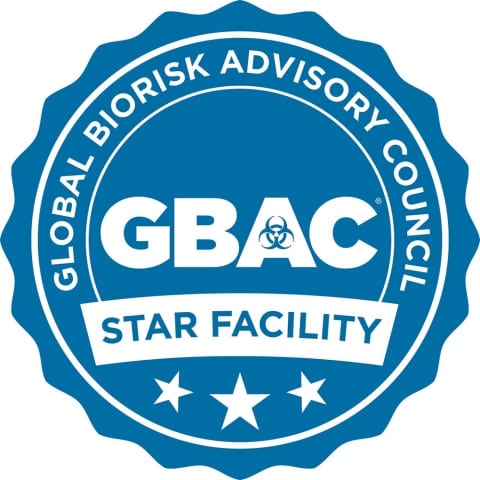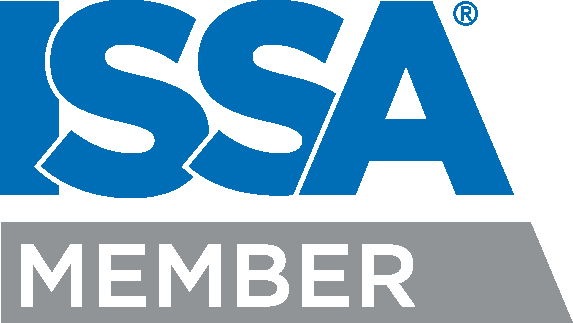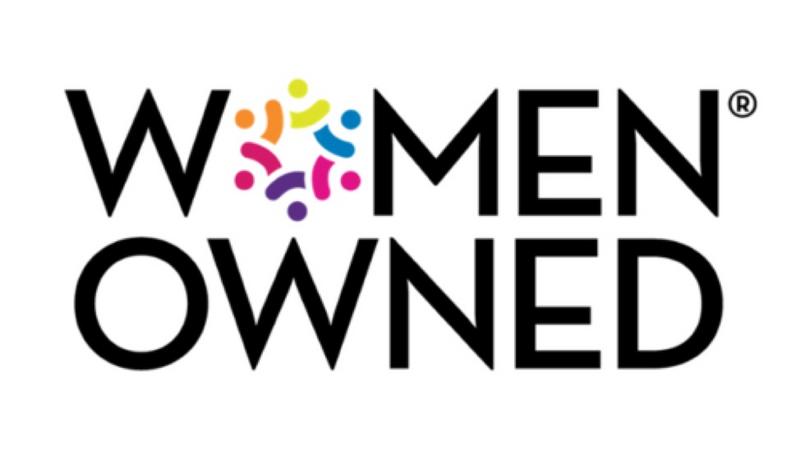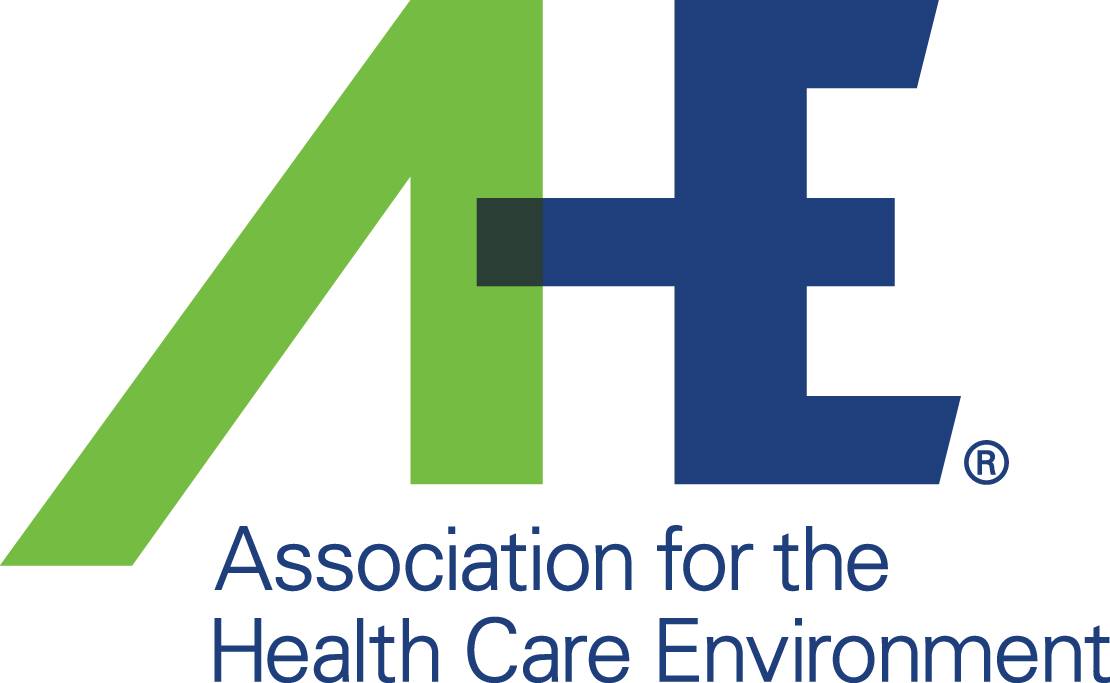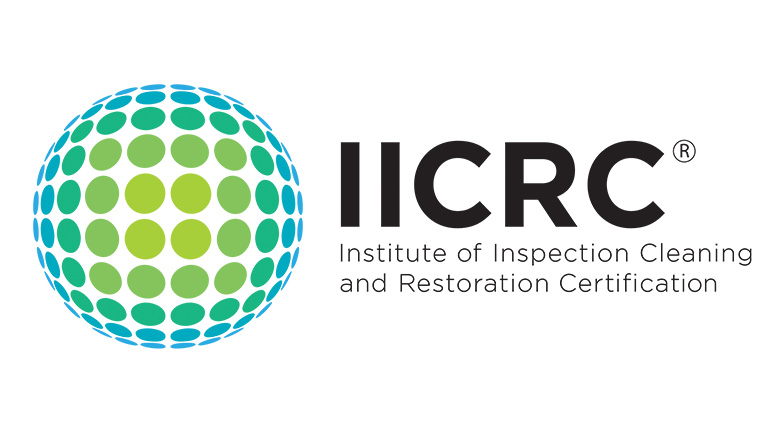Disinfection Practices in the Office
Practice good hand hygiene.
Wash your hands frequently with soap and water for at least 20 seconds. If soap and water are not available, use a hand sanitizer that contains at least 60 percent alcohol.
Avoid touching your eyes, nose and mouth with unwashed hands.
If you are sick, stay home until you are feeling better and follow CDC guidelines for sick people (https://www.cdc.gov/coronavirus/2019-ncov/if-you-are-sick/steps-when-sick.html).

Clean high-touch surfaces regularly.
High-touch surfaces include doorknobs and handles, light switches, countertops, and computer keyboards. How often a surface should be cleaned depends on the type of surface (e.g., plastic versus metal) and how often it is used and/or touched by other people. For example, a desktop computer keyboard and mouse are frequently used by multiple people in an office setting; therefore, these devices should be disinfected at least once per day. It is important to wear disposable gloves while cleaning high-touch surfaces to prevent cross-contamination by not touching your face or hands before washing with soap and water or sanitizing.
Use disinfectants rated by the EPA.
When choosing disinfectants, be sure they are on the EPA-approved list.
- The approved list of disinfectants will be indicated on the label of the cleaning product. In order to determine whether a disinfectant is effective at killing germs, it must have an EPA registration number (this will be indicated by “EPA Reg. No.”) and should also be clearly marked as a “disinfectant.” For example, if you’re using a spray bottle to kill germs on surfaces (as opposed to hand sanitizer), it should say it can disinfect viruses and bacteria on contact to ensure that any pathogens causing COVID-19 will also be killed on contact with the spray.
- When using these disinfectants, read the instructions carefully so that you know how and when to use them for maximum effect against germs and bacteria. Some of these products can only work when used within a certain timeframe after application, so it’s important to find out how long your particular product requires before wiping down surfaces with paper towels or clean cloths. For example: An EPA-registered bleach-based cleaner may need 10 minutes after application before wiping down surfaces; other products may require 20 minutes or more before surface cleaning can take place.* Be aware of expiration dates for any products you use in order to make sure they are still effective at killing pathogens like coronavirus bacteria!
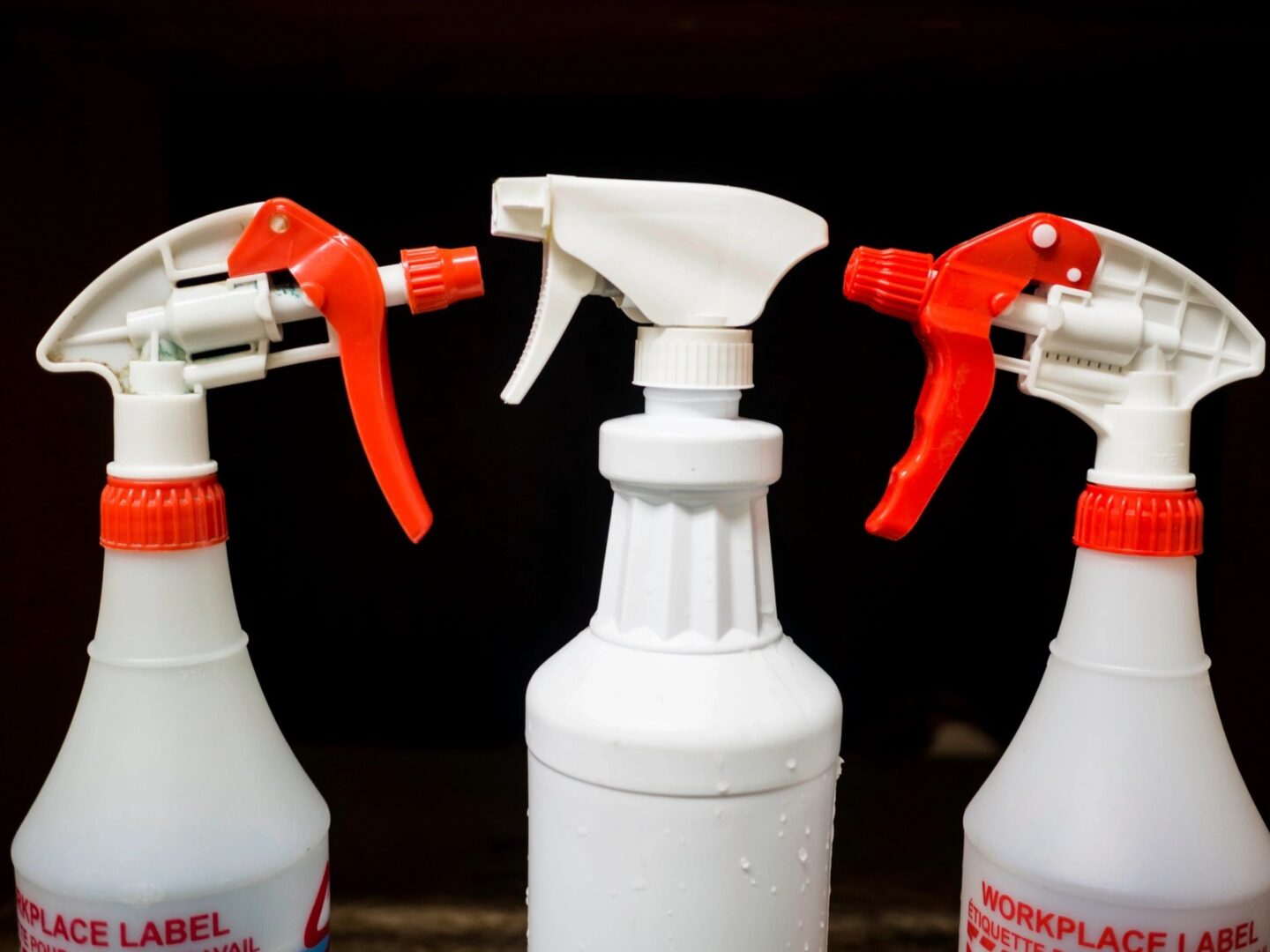
Wear gloves and other PPE when cleaning.
Removing gloves: Be careful when removing gloves as they may be contaminated on the inside. Handle the glove by pulling it away from your body, allowing the outside of the glove to contact itself. Hold the first glove in one hand and grab the second glove at its wrist opening with that same hand. Peel off each finger of the second glove by pulling it downward over itself, turning it inside out. Discard both used gloves into a lined wastebasket after handling them. Do not wash or disinfect disposable gloves for reuse.
Before you remove your PPE, wash your hands with soap and water for at least 20 seconds or use an alcohol-based hand sanitizer that contains at least 60% alcohol if soap and water are unavailable.
COVID-19 is a reality, and you need to take steps to disinfect your office in order to protect your employees.
COVID-19 is a reality, and you need to take steps to disinfect your office in order to protect your employees. It is vital that you have a plan in place to disinfect the workplace. The best strategy is a multi-pronged one. Consider focusing on high-touch surfaces like doorknobs and light switches, as well as what employees bring into the office such as their personal devices and food.
Additionally, make sure all employees are aware of the risks associated with COVID-19, including how it is spread (via droplets) and how symptoms present. Finally, ensure that any cleaning products used are approved for use by your area’s health department (ie: EPA-approved).
